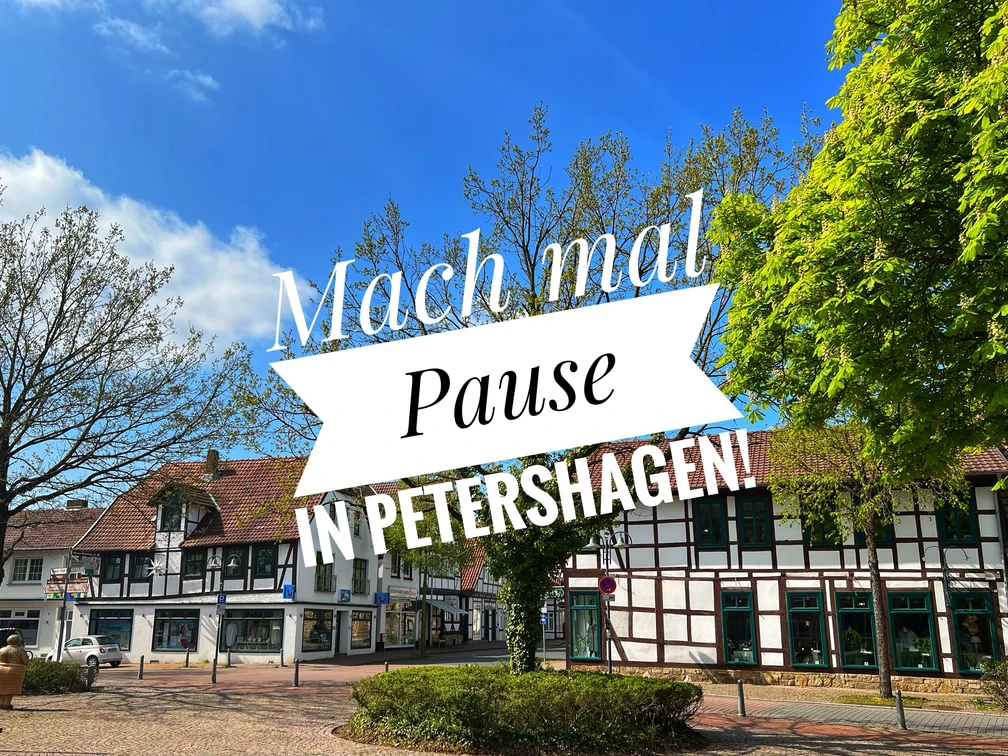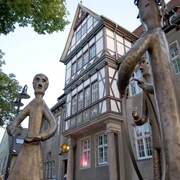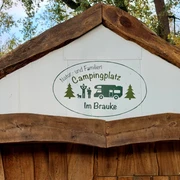- Photos & Map
How would you like to arrive?
- Call
- Description
- Good to know
- Nearby
The art of glassmaking is at home on the Weser. Shapes made of fire and sand - this is an impressive description of the glassmakers' work.
Many mouth-blown glassworks used to produce glass for the world market here. While the fires in most factories have long since gone out, production in Gernheim has been resumed for visitors at an original location. In the Gernheim glass tower from 1826, one of the last two surviving glass towers of its kind in Germany, museum visitors can experience every day how glassmakers use a pipe, wooden mold and scissors to produce vessels from the red-hot glass mass. Right next door, the glass is refined by cutting and engraving.
In one of the most important glass factories in northern Germany at the time, the history and technology of glass production can be experienced up close. However, this museum is not only dedicated to the art of glassmaking, but also illustrates the economic and social environment of the glassworks in the 19th century.
Large parts of the early industrial factory village of Gernheim in today's Petershagen have been preserved: In addition to the glass tower, the oldest workers' houses in Westphalia, the home of the former glassworks owner and the old basket weaving workshop. On several floors, visitors can learn interesting facts about the production of hollow and flat glass and the history of everyday life: Around 2,000 exhibits - from preserving jars to magnificent goblets - show what vessels made of this versatile material were used for. Special exhibitions, themed days, creative courses and other programs have become crowd-pullers.
Good to know
Openings
Closed on Mondays (except public holidays)
Price info
Price adult: €6.00
Price reduced: €3.00
Those entitled to a discount are recipients of current benefits in accordance with the German Social Security Codes II and XII, students up to the age of 30, trainees, volunteers, people with a degree of disability of 50 or more.
Groups of 16 adults € 3.50
General information
Parking Available
Accessibility
Directions & Parking facilities
Author
Beatrice Brinkmeyer
Organization
Teutoburger Wald Tourismus
License (master data)
City of Petershagen
Nearby




